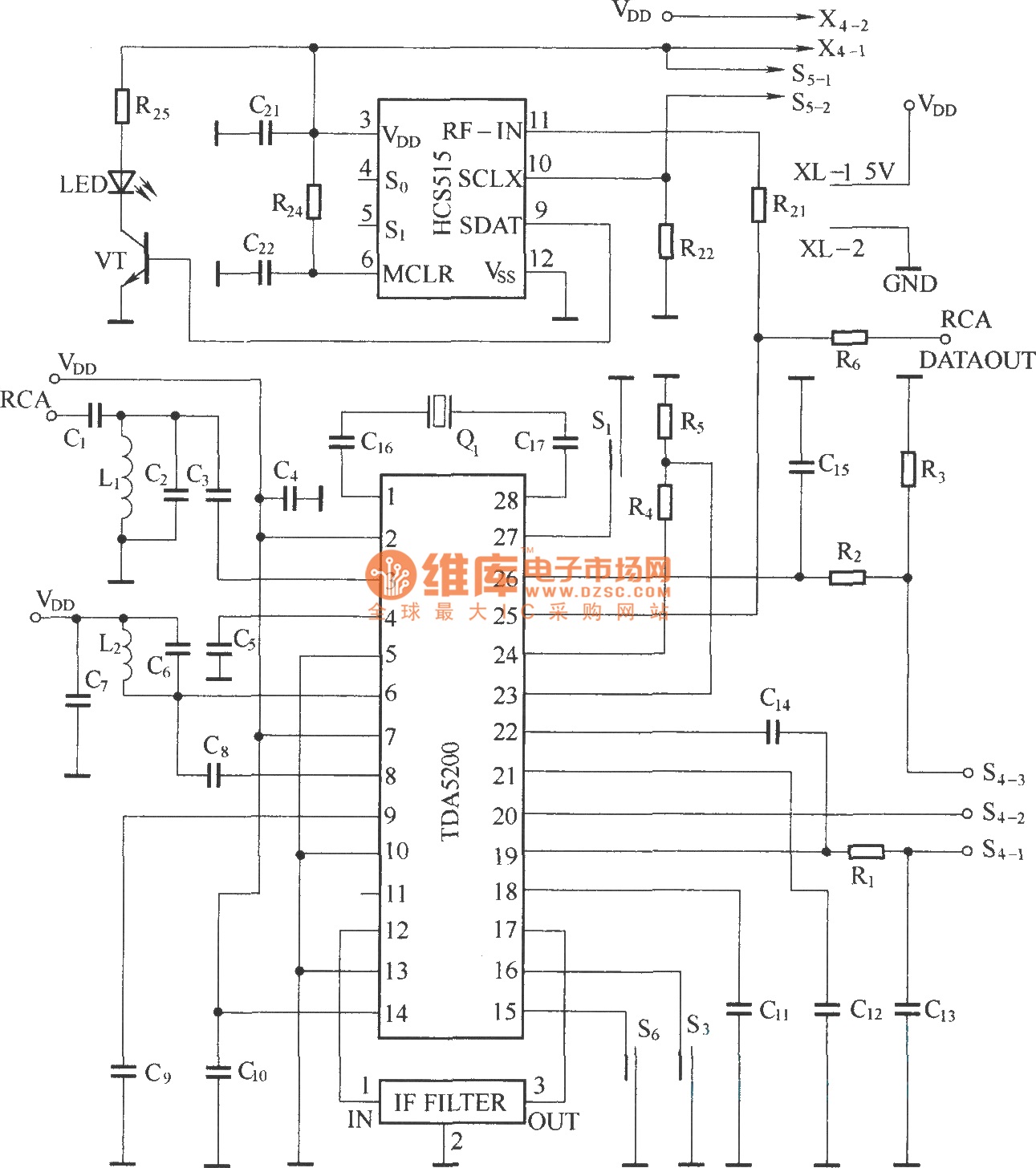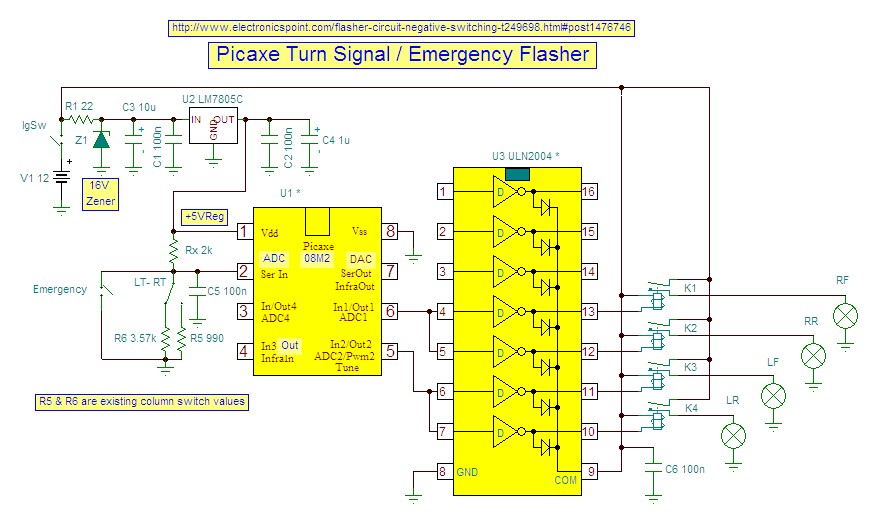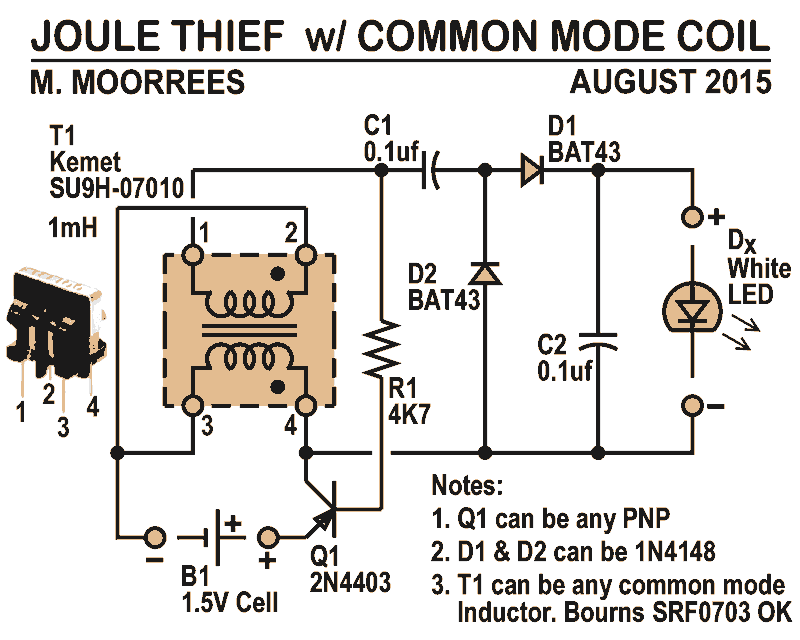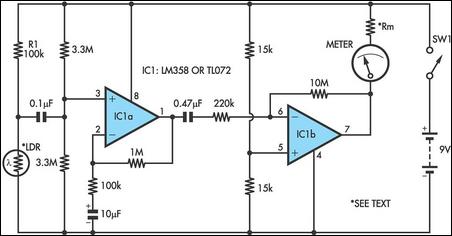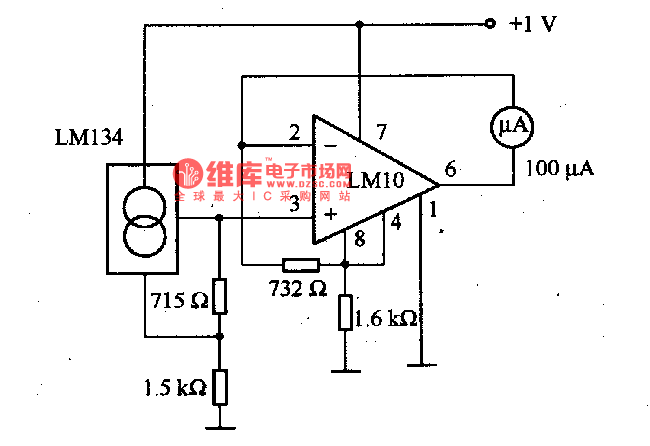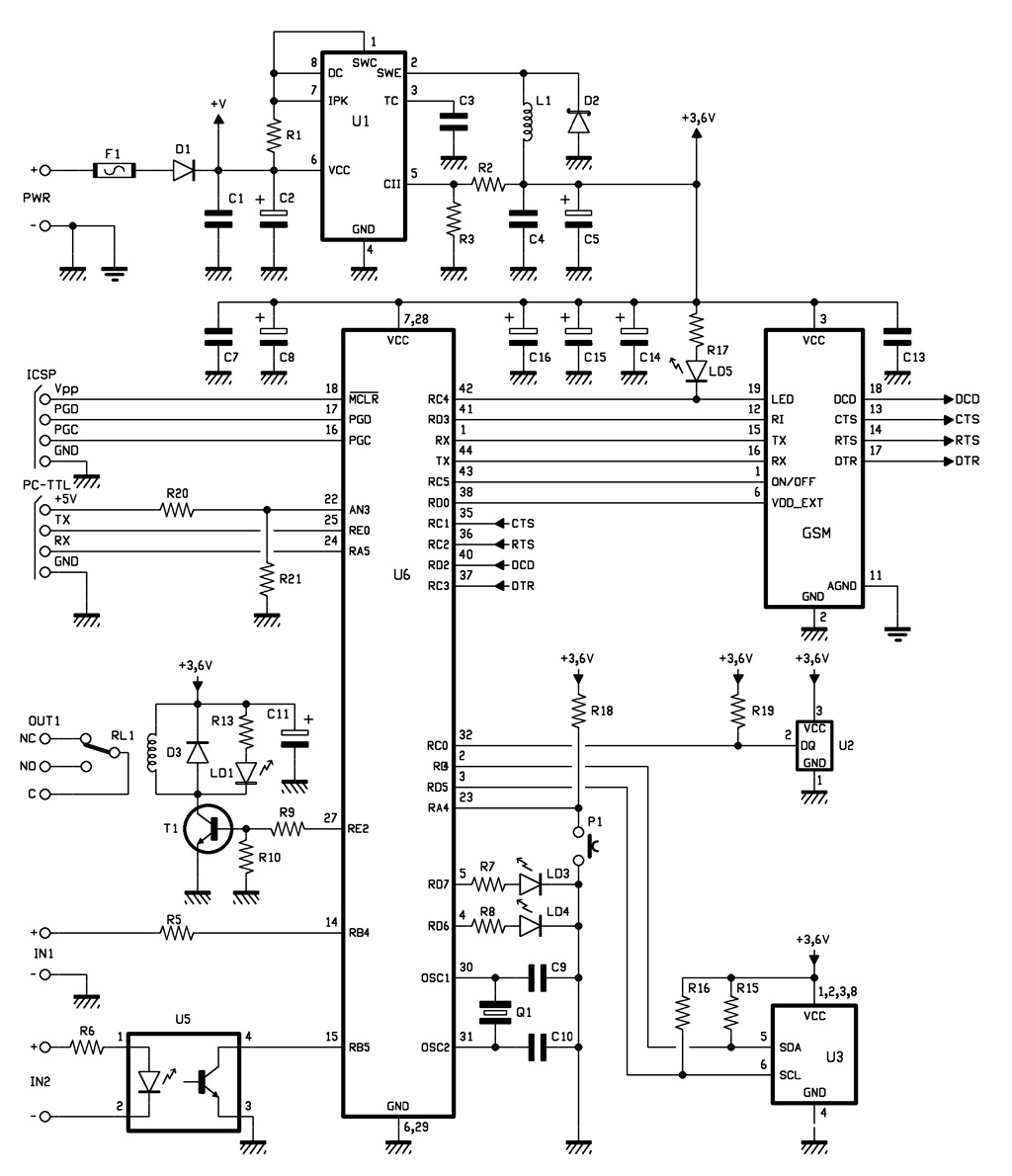
IRF9540N Gate Charge Test Circuit Schematic and Datasheet
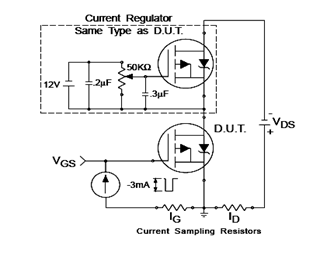
The IRF9540N Gate Charge Test Circuit is illustrated in the diagram below. The IRF9540N is recognized as a rectifier device that employs advanced processing techniques to attain an exceptionally low on-resistance per unit area, as stated in the datasheet. In addition to the Gate Charge Test Circuit Schematic, the IRF9540 datasheet also includes information on the Switching Time Test Circuit and Waveforms, Unclamped Inductive Test Circuit, and Peak Diode Recovery dv/dt Test Circuit.
The IRF9540N Gate Charge Test Circuit is designed to evaluate the gate charge characteristics of the IRF9540N MOSFET. This circuit typically consists of a power supply, a resistor to limit the gate current, and measurement equipment to capture the gate charge waveforms. The gate charge, denoted as Qg, is critical for understanding the switching performance of the MOSFET, as it influences the turn-on and turn-off times.
The circuit operates by applying a voltage to the gate of the IRF9540N while monitoring the current through the gate resistor. The charge accumulated on the gate capacitance can be determined by integrating the gate current over time. The results provide insights into the efficiency of the MOSFET in various applications, particularly in high-frequency switching scenarios.
Furthermore, the datasheet's inclusion of the Switching Time Test Circuit and associated waveforms allows for a comprehensive analysis of the IRF9540N's performance in dynamic conditions. The Unclamped Inductive Test Circuit evaluates the device's response to inductive loads, while the Peak Diode Recovery dv/dt Test Circuit assesses the recovery characteristics of the body diode under high dv/dt conditions. Collectively, these tests provide a thorough understanding of the IRF9540N's operational limits and suitability for specific applications in power electronics.IRF9540N Gate Charge Test Circuitis schemed in the diagram below. IRF9540N is known to be rectifier device with advanced processing techniques to achieve extremely low on resistance per silicon area, according to the datasheet. Other thanGate Charge Test Circuit Schematic, you will find such Switching Time Test Circuit and Waveforms, Unclamped Ind
uctive Test Circuit, and Peak Diode Recovery dv/dt Test Circuit in the depth of the IRF9540 datasheet. 🔗 External reference
The IRF9540N Gate Charge Test Circuit is designed to evaluate the gate charge characteristics of the IRF9540N MOSFET. This circuit typically consists of a power supply, a resistor to limit the gate current, and measurement equipment to capture the gate charge waveforms. The gate charge, denoted as Qg, is critical for understanding the switching performance of the MOSFET, as it influences the turn-on and turn-off times.
The circuit operates by applying a voltage to the gate of the IRF9540N while monitoring the current through the gate resistor. The charge accumulated on the gate capacitance can be determined by integrating the gate current over time. The results provide insights into the efficiency of the MOSFET in various applications, particularly in high-frequency switching scenarios.
Furthermore, the datasheet's inclusion of the Switching Time Test Circuit and associated waveforms allows for a comprehensive analysis of the IRF9540N's performance in dynamic conditions. The Unclamped Inductive Test Circuit evaluates the device's response to inductive loads, while the Peak Diode Recovery dv/dt Test Circuit assesses the recovery characteristics of the body diode under high dv/dt conditions. Collectively, these tests provide a thorough understanding of the IRF9540N's operational limits and suitability for specific applications in power electronics.IRF9540N Gate Charge Test Circuitis schemed in the diagram below. IRF9540N is known to be rectifier device with advanced processing techniques to achieve extremely low on resistance per silicon area, according to the datasheet. Other thanGate Charge Test Circuit Schematic, you will find such Switching Time Test Circuit and Waveforms, Unclamped Ind
uctive Test Circuit, and Peak Diode Recovery dv/dt Test Circuit in the depth of the IRF9540 datasheet. 🔗 External reference
